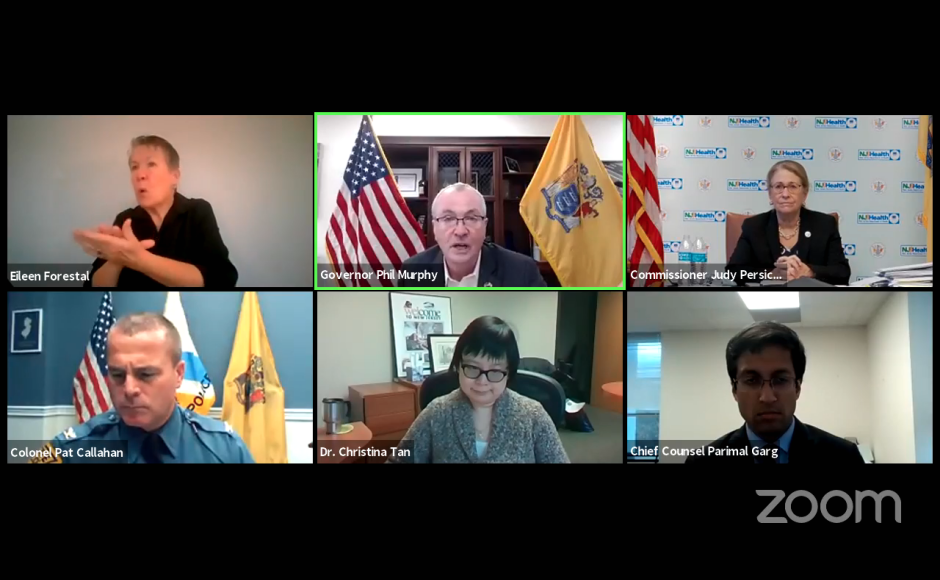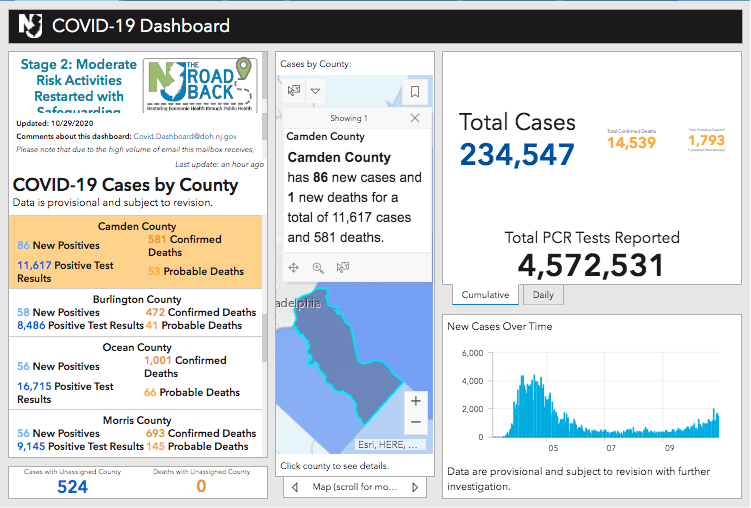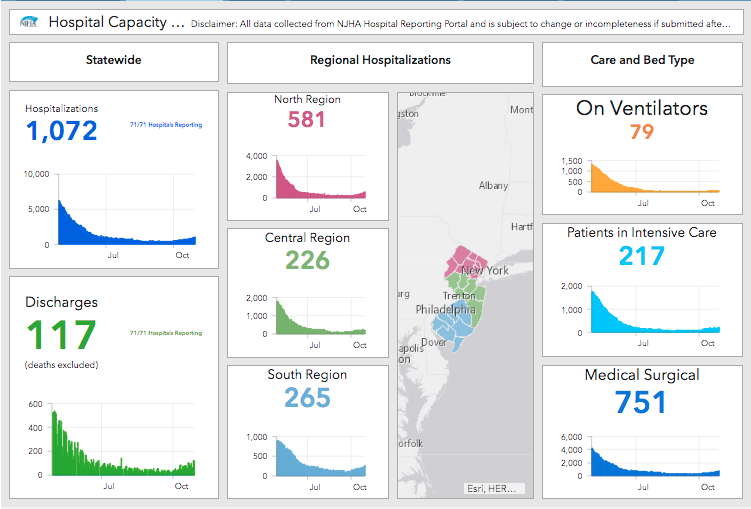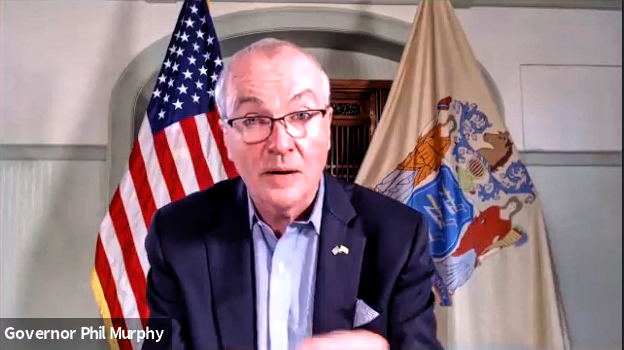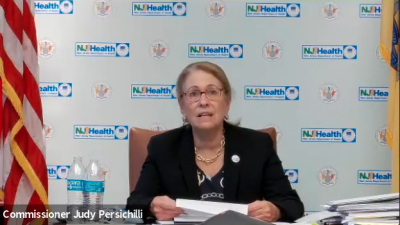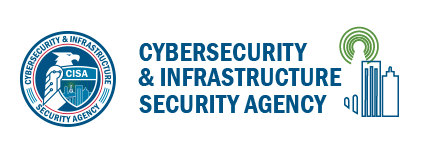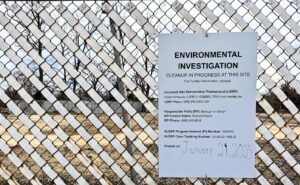Officials say don’t take loved ones out of long-term care sites for holidays. Unemployment claims are down for a second week. Plus: hospitals and healthcare providers are being targeted by ransomware attacks.
By Matt Skoufalos | October 29, 2020
Another 1,477 New Jersey residents have tested positive for novel coronavirus (COVID-19), bringing the statewide total to 234,547 cases, Governor Phil Murphy reported Thursday.
Sadly, eight more residents have perished from complications related to the virus, bringing the statewide death toll to 14,539 lives lost during the pandemic.
In addition to those lab-confirmed fatalities, the state has acknowledged another 1,793 probable COVID-19-related deaths, up four more from prior counts.
Since March, 427 of every 100,000 New Jersey residents have been hospitalized with COVID-19, and 165 of every 100,000 have died from COVID-19-related complications.
More than 4.57 million polymerase chain reaction (PCR) tests for COVID-19 have been performed statewide, with a 2.67-percent positivity rate per 100,000 residents.
Rate of transmission (Rt) at 1.25, spot positivity lower in South Jersey
The statewide average of COVID-19 spot positivity testing stood at 6.54 percent October 25; in South Jersey, it was lowest, at 5.66 percent.
Rt, the variable that describes the seven-day, rolling-average rate of transmission of new COVID-19 cases, hit 1.25 from samples taken October 27.
An Rt figure greater than 1.0 means that each new COVID-19 patient is infecting more than one other person, on average, and the spread of the virus is increasing.
Since its mid-April COVID-19 spike, the highest reported RT in New Jersey was 1.48, recorded August 1. The lowest was 0.62, recorded June 9.
Hospitalizations, school outbreaks on the rise
Throughout New Jersey, 1,072 people currently are hospitalized with a suspected case of COVID-19.
Of those, 846 have tested positive for COVID-19, and 246 are awaiting confirmation of their symptoms.
Among those hospitalized patients, 217 are in intensive or critical care, and 79 of the ICU and critical-care patients (36 percent) are on ventilators.
Across the state, 807 long-term care (LTC) centers have reported at least one case of COVID-19, and 172 are dealing with an active outbreak. LTCs account for 39,613 infected patients and staff in New Jersey, or 17 percent of total cases.
That includes 25,605 residents and 14,008 staffers sickened by the virus, as well as 7,221 lab-confirmed resident and staff deaths (50 percent of the statewide total), with facilities self-reporting 121 staff deaths.
Of 656 veterans residing in a state-run home, 395 residents have tested positive for COVID-19, and 146 have died from complications related to the virus. Ten veterans presently are hospitalized with COVID-19, and 248 have recovered from the virus.
At state-run psychiatric facilities, 223 of 1,175 patients and 538 staff members have tested positive for COVID-19. Thirteen patients and seven staffers have died from complications related to the virus.
To date, 60 New Jersey children aged 1 to 18 have been diagnosed with pediatric multisystem inflammatory syndrome, New Jersey Health Commissioner Judy Persichilli said.
All those pediatric patients have tested positive for an active COVID-19 infection or the presence of COVID-19 antibodies, indicating exposure to the virus. No deaths have been associated with this syndrome in New Jersey, although several children have been hospitalized during their treatment.
Since August 1, 28 COVID-19 outbreaks encompassing 122 individual cases have been traced to schools in 15 New Jersey counties. In Camden County, three outbreaks have been linked to 35 cases.
Throughout the state, 505 school districts are following a hybrid learning model, 169 are in a remote model, 94 are providing in-person learning exclusively, and 39 others offer a combination across a mix of buildings.
Murphy pleads with residents to hold the line on pandemic safety
The governor was plainspoken in his assessment of pandemic conditions in New Jersey.
“The second wave of the coronavirus is no longer something off in the future,” he said.
“It is coming, and it is coming now.
“The numbers of new cases is growing exponentially in the past weeks, and along with that, the numbers of patients being treated in our hospitals similarly on the rise,” Murphy said.
The governor echoed his own refrain of the past week, reminding residents to avoid small, indoor gatherings, “where folks are more apt to let their guard down, especially in not social distancing.
“After eight months I understand, we understand, that we are all suffering from pandemic fatigue, but this virus has been waiting for us to get lax in our personal responsibilities so that it can come roaring back,” he said.
As cases continue to climb, the state is building up its reserves of personal protective equipment (PPE) and its roster of contact tracers, and Murphy offered an update on each Thursday.
The New Jersey PPE stockpile includes:
- 5.7 million of a targeted 5.9 million N95 masks, with 1.6 million expected within the next month
- 13.3 million of a targeted 14.3 million surgical masks
- 1.3 million of a targeted 2.15 million face shields, with 665,000 expected within the next month
- 3.7 million of a targeted 4.5 million hospital gowns, with 1.5 million more on order
- 3.9 million of a targeted 117 million gloves, with 100 million more on order
- 597 ventilators are currently deployed throughout the state, which is targeting 2,050 in total
Within two weeks, New Jersey will have 2,100 contact tracers working across the state. Three hundred and fifty tracers are in training, and a new class will start training November 2, with 100 set to deploy on November 4.
Unemployment update
In the past week, the New Jersey Department of Labor and Workforce Development has fielded 27,000 new claims for benefits, down by 1,400 from a week ago, marking a second straight week that numbers have retreated.
The governor described pandemic-related unemployment as “an ongoing crisis in our state and in our nation,” and criticized the federal government for not providing additional relief.
Since March, more than 1.7 million New Jersey workers have filed a claim, 1.45 million workers of which have qualified for some benefit payout, which now exceeds $18.1 billion in total.
Health commissioner: don’t take family members out of LTC sites
As family members begin making holiday plans, Persichilli urged residents not to sign loved ones out of long-term care facilities, citing the risk to their safety in mixed company.
“From our perspective, we don’t think it’s very positive,” she said, adding that people leaving such a facility would be subject to a 14-day, isolated quarantine upon their return.
“We cannot suggest that anything short of that would be a safe thing to do,” Persichilli said.
Murphy urged residents to practice “capacity management,” even in their own homes, noting that he and his wife share a table separate from that at which their children are seated when dining.
“We’re in the same room; doors are open, windows are open,” he said. “It’s getting really cold, but we’re not sitting next to each other. That’s really unusual. It’s not a lot of fun.
“That’s the sort of stuff that is not normal that we have to continue to do,” the governor said.
Healthcare systems warned of active ransomware threat
Finally, New Jersey Homeland Security Director Jared Maples reported that nationwide, healthcare systems are being targeted in ransomware attacks, and that New Jersey is on alert.
“There’s an active threat against the healthcare system in general, providers in particular,” he said. “We’re actively involved in that investigation and securing the systems.”
Maples cited a warning from the federal Cybersecurity and Infrastructure Security Agency (CISA), in which CISA reports “an increased and imminent cybercrime threat to U.S. hospitals and healthcare providers” from Trickbot, a malware program first used in attacks on banks in 2016.
According to the Center for Internet Security, Trickbot is often associated with Ryuk ransomware, which “uses encryption to block access to a system, device, or file until a ransom is paid.”
Any institution experiencing a cybersecurity threat is urged to report it to the New Jersey Cybersecurity and Communications Integration Cell (CCIC), Maples said.

